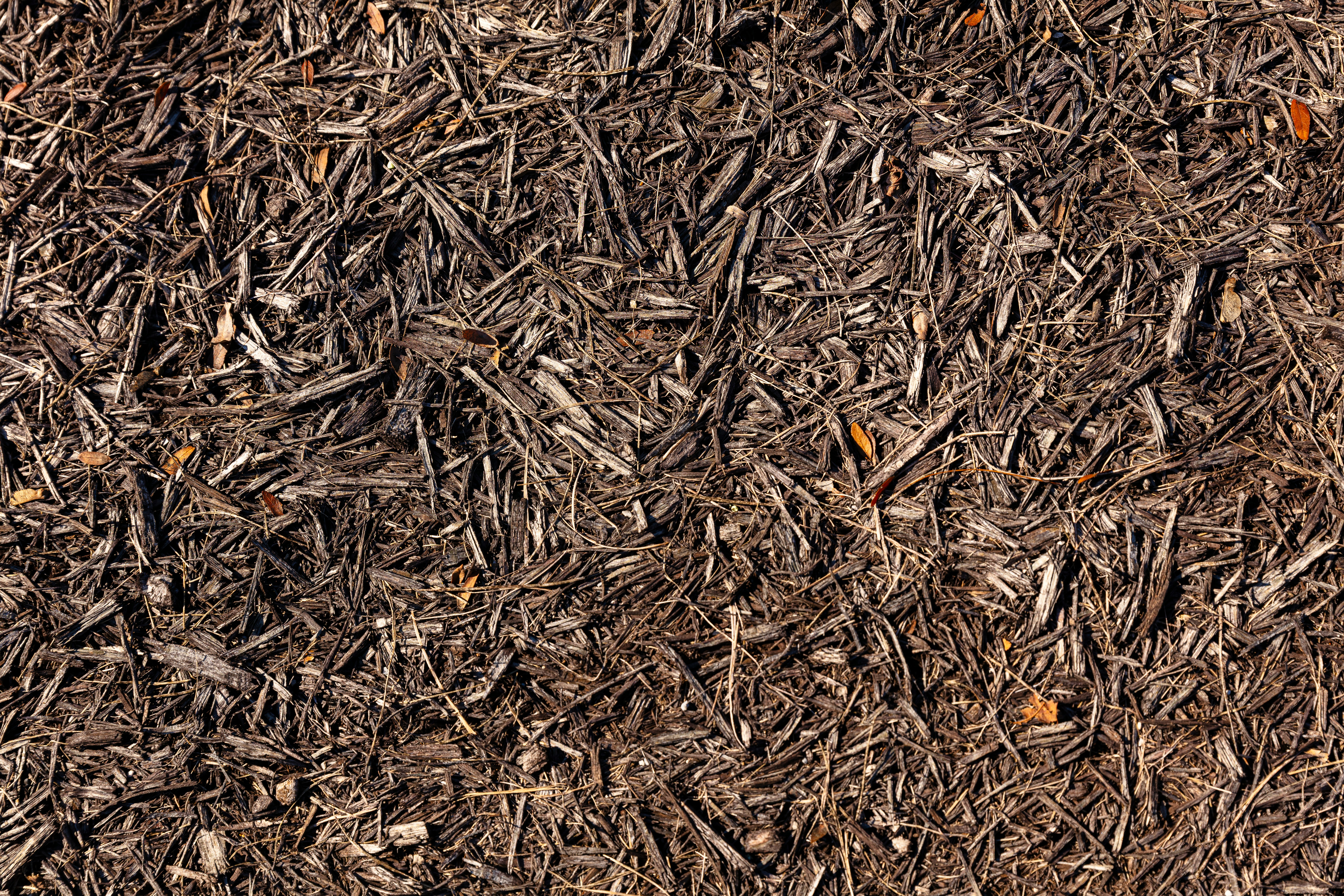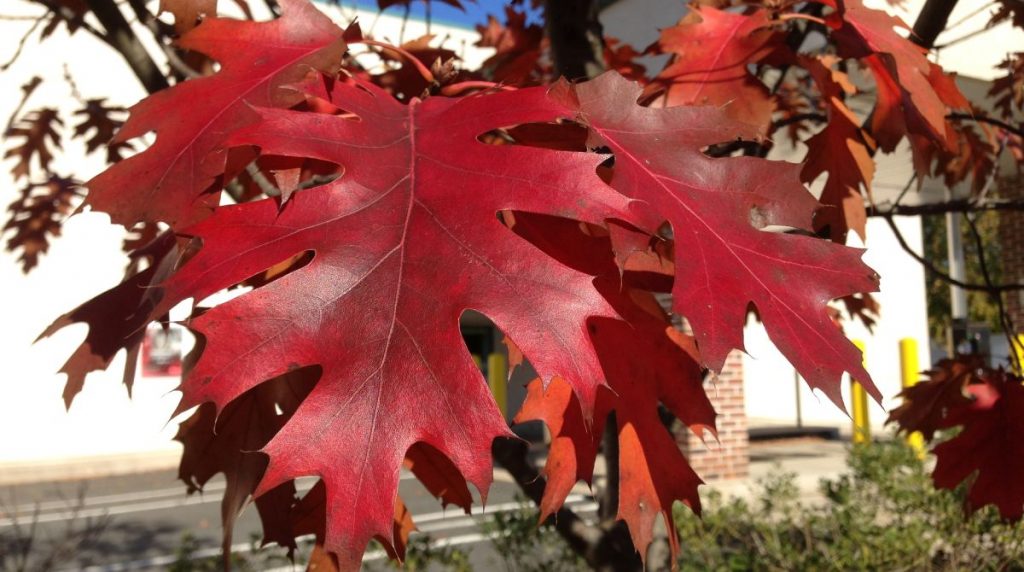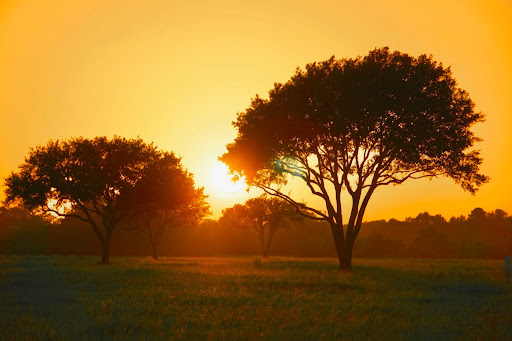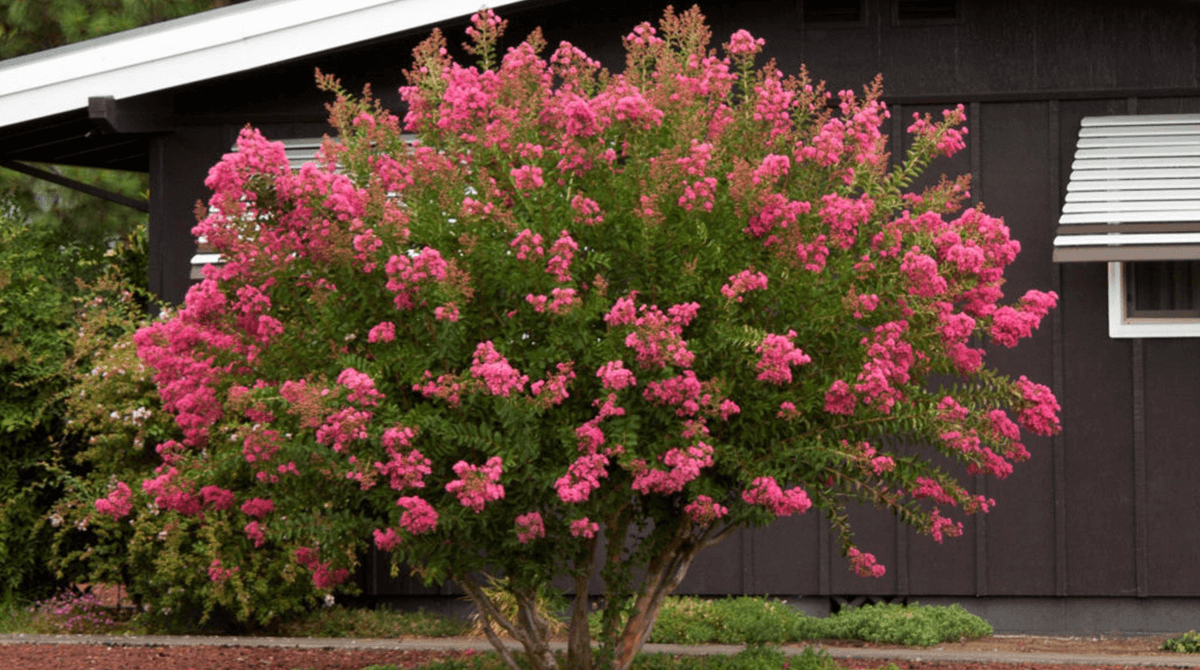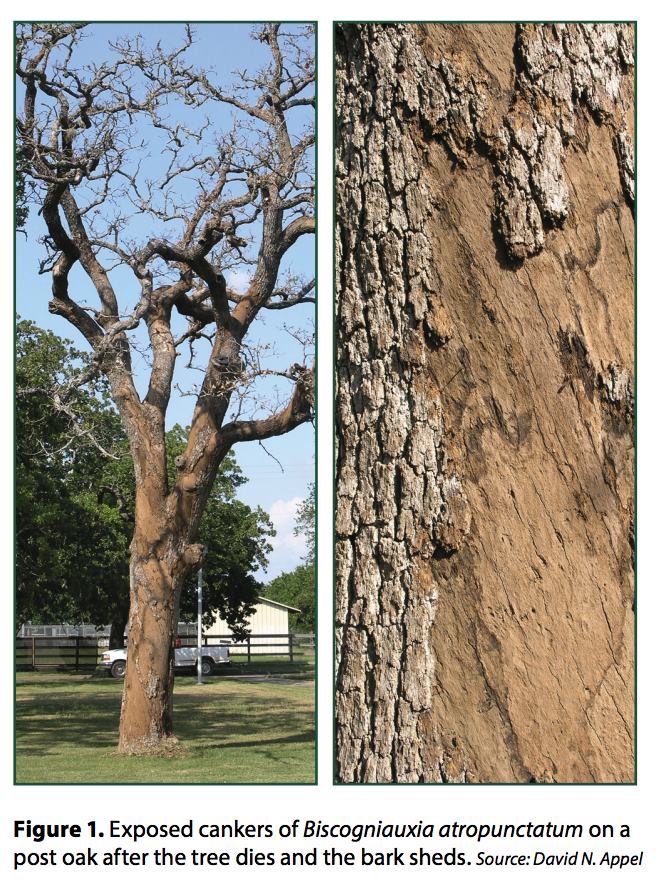
Date July 12, 2019
Category
The post oak tree is native to North America and known to grow from Connecticut to Florida and from Iowa to Central Texas. There are many different soils, vegetation, and weather conditions in each of these regions.
The Southwestern Region where the post oak tree grows is the most extreme of soil and weather conditions the post oaks have encountered.
This particular species of tree, the post oak, has changed the soil conditions adding leaf litter and organic material as it slowly moves southwestward through the desert plains of Central Texas. If it were not for the post oak tree much of Texas would still appear similar in terrain to the desert plains of New Mexico.
The root systems of these trees are slow-growing and diffuse. Not far from the tree trunk the roots quickly become small in diameter and thus need protection from the heat and drought of the southwestern region using their leaf litter and organic material to provide insulation from the harsh climatic conditions.
The unique shape and weight of the leaf litter and organic material that the tree canopy provides has a tendency to stay in place and amends the soils within their drip zone providing an area for water absorption rather than water runoff and erosion.
Because the post oak tree roots are small or narrow in diameter they are quickly susceptible to stress from a change in conditions of any kind – changes in exposure, temperature, water/moisture if prolonged, lack of oxygen do to added soil, flood or pooled water, fertilizer, weed killer, preemergent, etc.
In order for a tree roots to take up water and nutrients from the soil, it must continually grow new root hairs. The cells that make up these hairs are living cells that do not carry out photosynthesis. They are similar to cells of animals in that they require oxygen and give off carbon dioxide as they burn carbohydrates to obtain the energy they need to function.
This is why you can “drown” plants by watering them too much. If the soil gets too saturated with water, the plant’s root cells can’t get enough oxygen from the air.
There are vascular plants such as cypress trees and cattails that are adapted to living in saturated soil. These plants have root hairs that grow out of the stems above the soil and/or water surface so that they can take in oxygen.
When a plant is green, it is giving off more oxygen through photosynthesis in its leaf and sometimes stem cells than it is consuming through its root cells so that is why you hear people say that plants are “opposite” of animals in that they take in carbon dioxide and give off oxygen.
Tree and plant root systems must stay active year-round to keep the root crown from which the new stems and leaves will emerge the next growing season alive.
Small diameter roots lack size and bulk for insulation capacity and oxygen storage capacity for even short periods of time.
These small diameter roots of the post oak are susceptible to various microbes. For example, fungus as compared to larger diameter roots from other species of trees. This is especially the case when other more aggressive species of roots in the tree and invasive species shrub repertory enter the post oak tree root zone.
The small diameter and diffuse root system of the post oak tree do not have the comparative protective capability to fight off the effects of allelopathic compounds in other species of trees and shrubs within their root system. If other species of trees are planted it is best to plant them far enough away from the healthy post oak tree so as to not affect the post oak or its root system in the future.
The post oak tree roots have made a unique tree root structure environmental nest of which provides an avenue for oxygen, water, and nutrients for the tree. The post oak tree roots have accomplished this heavy task unaided in the harsh conditions of the southwest desert plains while – creating better soils with a leaf litter and organic material that stays in place, amends in a positive way the native organic soil matrix, helps to increase the local watershed while reducing erosion, creating a tree that comparatively needs little recurrent pruning and will provide shade for 500+ years if more than half of their root systems are left undisturbed or if disturbed proper amendments to the soil made.
Post oak and blackjack trees survive drought conditions in the Southwestern Region of the country provided other species of trees or invasive species shrubs do not encroach the root zones of these native trees. Both the post oak and blackjack oak tree root systems rarely require fertilizer provided there is no other tree root encroachment. Application of fertilizer for the post oak and blackjack oak must be done with judicious care.
Post oak trees and turf grasses live in harmony provided during the installation process of turfgrass pieces space is left between the grass pieces for the post oak tree roots to acclimate to the change in soil and root conditions. For the native post, oak, and blackjack oak trees to thrive in Post Oak Woodland nature areas in the Southern Cross Timbers invasive species trees and shrubs will need to be reduced in population.
This effort should not reduce over the long term the amount of tree canopy and will increase the long term health of the native post oak tree canopy. Lightning strike fires that pre-date Anglo settlement kept the cedar elm tree to a small population. The post oak tree and the blackjack oak tree have a thick bark that enables the trees to withstand the heat of fire provided the fire fuel load is not too dense. This natural process also deters Hypoxylon fungus growth associated with the cedar elm tree, a fungus that attacks and reduces the population of the native post oak and blackjack oak tree. Other trees associated with the pioneer species list that have aggressive root systems – the honey locust, Siberian elm, hackberry, etc. should be reduced in population for the good of the flora and fauna and reduce the drought and fungus susceptibility conditions of the Southern Cross Timbers Post Oak Woodlands.
These trees can be cut, chipped, and the material used for natural trails in the natural areas. These goals will reduce the fire fuel load and decrease the population of tree species in urban woodlands that ignite at a lower temperature and burn more fully if a fire does occur. Private property lawn turf and turf managed areas are generally healthier and more full if the trees in the adjacent area have more diffuse, less dense root systems.
This is something to consider as many areas in Arlington, Texas need extra care not only in “turfed areas” where grass will not grow because of aggressive, high surface root density tree roots, but heaved and buckled concrete curbs, sidewalks, retaining walls and streets require repair on a more frequent basis.
Do you have a Post Oak or Jack Oak tree you think might be in danger? Contact us now for a free estimate.
